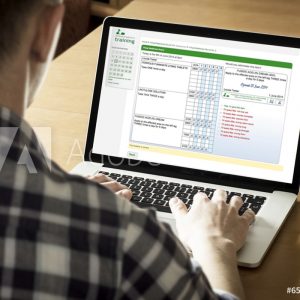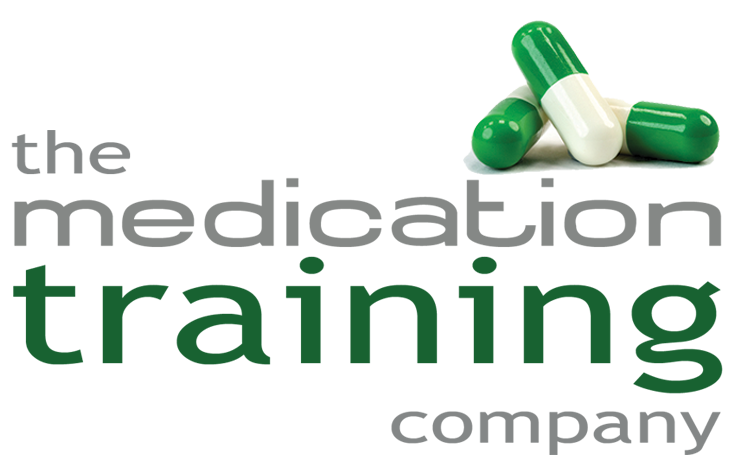12 Apr Top 12 CQC Medicines Inspection Areas
We examined 80 CQC inspection reports from a range of different services (rated as outstanding to inadequate from August to December 2023). This allowed us to rank the most commonly inspected areas for medication by CQC (KLOE S4) to find out:
- where CQC inspectors are looking when reporting on medicine safety
- how some providers are achieving ‘outstanding’ with medicines, and
- which areas result in ‘requires improvement’ or ‘inadequate’.
1. PRN protocol issues
Some services had no CQC protocols in place, and others had protocols that lacked sufficient detail or that were incorrect. One service had outdated or duplicated PRN items on the MAR chart which could have led to medication errors (click here to download our free PRN protocol)
2. Topicals/body maps
Reports showed body maps for topical items were not always in place. In one case, this led to skin patches being re-applied to the same area on the body (risking irritation). Other services failed to document the administration of topicals, with gaps on MAR charts (click here to download this form for free)
3. MAR charts not completed or inaccurate
There were reports of MARs showing gaps. There were lots of reports where MAR charts were coded as refused/given late/not given but without a failed record as to why. Some MARs showed entries that had been amended by staff but lacked an explanation or authorisation. For medicines prescribed with a variable dose, staff often failed to record how the doses were given (e.g. 1 or 2).
4. Mental capacity act (MCA) and covert medicines
Some reports praised services that had good procedures and staff training in the MCA. Whereas those criticized highlighted a misunderstanding of the MCA, a lack of staff training, and documentation for covert administration. Click here to read our free update article on covert administration.
5. Training / Competency of Staff
Most staff were shown to be trained with adequate ongoing competence assessments, however, some reports highlighted staff received a lack of training. One service was reported as having no systems in place to complete medicine training after errors were made. Another service was found to have only 29% of its administering staff trained to give medicines. We have written an article on how often training should be repeated (click here).
6. Stock reporting
Stock was not always accurately recorded. Reports in some services showed no monitoring of stock levels at all, or a failure to check the quantities of medicines received. One report showed a physical stock check did not correspond with what the MAR stated.
7. Incorrect labelling of medicines
Pharmacy labels were sometimes missing or lacked person-centred detail to support staff to know how to administer. Some labels were unreadable.
8. Expiry dates and period after opening dates
Several reports highlighted services were not adding expiry dates to topical or liquid medicines when opened or still using these medicines after their period after opening date has passed (in one case, a medicine was still being used a year out of date). Read our update article on expiry dates here.
9. Temperature monitoring
In several reports inspectors found no trigger for action when temperatures exceeded safe storage ranges, in rooms or fridges. One report showed fridge temperatures exceeding maximum temperatures on several occasions with no action taken. Some services were not always carrying out fridge checks daily. In one case, no fridge temperature checks were carried out at all. (click here to download our fridge monitoring form for free)
10. Time sensitive medications
Reports highlighted a lack of a formal process to ensure time sensitive medicines were given on time or appropriate time gaps. In one service this led to deteriorating health. In another report, one person should have had a medicine 30-60 minutes before others, however this was not happening.
11. Medicines not stored correctly
Topical creams were mentioned as not being stored. One report found thickening powders not being stored safely (there were cases reported in 2015 where thickening powders were swallowed by clients resulting in asphyxiation).
12. Medicines not actually given
Some people did not have their medicines administered. These ranged from topical creams to eye drops, and from a one off, to several weeks without administration. Some people missed doses of their medicines because they were asleep.



